
A major blockchain event attracts a lot of young people's attention - Photo: GM
Among them, AntEx token of businessman Nguyen Hoa Binh (Shark Binh) once plummeted 99% in value, and was accused by investors of having signs of "pumping and dumping". In addition, there have been a series of fraudulent virtual currency projects that have been busted by the police recently such as: PaynetCoin, Matrix Chain, Wingstep, Game Naga Kingdom...
This reality raises questions about transparency, participant protection mechanisms, as well as the legal responsibilities of digital asset issuers in the context of increasingly popular new forms of investment.
99% of crypto projects are scams?
Speaking to Tuoi Tre , the director of a venture capital fund in Vietnam said he was invited to invest and personally advise the AntEx project but refused because it did not meet the criteria. "Many people say AntEx is a 'trash coin', a 'meme coin' but in fact this project has a team and a methodical marketing strategy. That is why many investors have trusted and invested based on the reputation of the founding team," he said.
However, after this token was listed on the exchange, its value dropped by more than 90%, leaving many investors empty-handed. "It's an old story, but now it's being brought up again because it involves big names. I myself didn't believe in the direction of that project from the beginning," he said, while also recommending not to invest because of the name of any famous person to limit the risk of going empty-handed.
Ms. Ha Vo Bich Van, financial advisor at Hub Dong Hanh under FIDT Investment Consulting and Asset Management Joint Stock Company, said that the statement "99% of crypto projects fail, lose money, and are scams" sounds extreme, but is not entirely wrong if looking at the harsh reality of the digital asset market.
According to Ms. Van, in the field of crypto, DeFi and newly issued tokens, the rate of failure and fraud is much higher than in traditional investment industries. "That is not unreasonable when taking into account a series of small projects, lack of transparency, anonymous development teams, or operating on the 'pump and dump' model. Most of these collapsed after the initial excitement phase," Ms. Van said.
However, Ms. Van also noted that the entire crypto market should not be equated with fraud. "Besides failed projects, there are still many successful, sustainable projects such as Bitcoin, Ethereum or large DeFi platforms. Therefore, it cannot be said that all projects are 'lost'," Ms. Van shared.
According to Ms. Van, one of the biggest risks today is the lack of an insurance mechanism or a centralized compensation fund when a project is hacked, "drained" or disappears. Only a few large platforms have an internal insurance fund to compensate for damages if the platform is attacked, while most small projects have no mechanism to protect investors at all.
"Investors can sue if the development team clearly identifies and assets can be traced. But in reality, most development teams are anonymous and operate across borders, so legal enforcement is almost impossible," Ms. Van emphasized.
Using crypto to "herd" investors
According to experts, blockchain technology is borderless, which helps Vietnamese startups access global capital more easily than the traditional model.
In fact, in Vietnam, many businesses have successfully raised millions, even tens of millions of dollars in capital in the blockchain space such as Kyber Swap (52 million USD), Ninety Eight (6 million USD)...
Thanks to that, these businesses have developed into the world's leading crypto services, serving millions of global users. But because it is new, this market lacks a clear legal framework, especially in fundraising activities, leading to the fact that many individuals and organizations take advantage of crypto for profit, calling for virtual capital but not fulfilling their initial commitments.
Mr. Tran Xuan Tien, general secretary of the Ho Chi Minh City Blockchain Association, said that to limit the above risks, the market has improved its capital calling methods with new forms over time, such as ICO (projects that self-commit verbally), IDO (decentralized platforms that guarantee) and IEO (centralized exchanges that guarantee, support listing and liquidity).
"However, even IEOs still have limits. If the project breaks its promise, the exchange will only delist it, and the final loss will still belong to the investor," Mr. Tien said, adding that to limit risks and maintain market transparency, each party participating in the capital calling process needs to take responsibility.
clear.
Specifically, the project owner is the initiator, taking the highest responsibility for information transparency, capital use purposes and commitment to follow the roadmap. If there is any fraud or capital misappropriation, the project owner must directly take legal responsibility.
The project team, who are involved in the management and implementation, must be responsible for accompanying and using capital according to the announced plan, and not assisting in fraudulent or price manipulation. "If there are violations, the responsibility lies not only with the founder but also with the related members," said Mr. Tien.
Meanwhile, according to experts, the fundraising platform (IDO/IEO/Launchpad, exchange) must act as a "gatekeeper", carefully screening projects, guaranteeing information and monitoring the use of capital.
"When a violation occurs, the platform cannot simply "delist" to deny responsibility, but needs to have a compensation mechanism, legal support or at least information transparency to protect investors," an expert recommended.
Be wary of scams
When asked about how to evaluate a potential crypto project for investment, Ms. Jenny Nguyen - COO Kyros Ventures - mentioned her three "unchangeable" criteria before investing: people (team), product (product), timing (timing).
"You have to know who is behind it. If the team is anonymous, I will immediately reject it. Does that project really solve the problem the market needs or just paint a beautiful story? You have to see the real value," Ms. Jenny Nguyen emphasized.
According to Ms. Jenny Nguyen, the same idea but if the timing is wrong, it will also fail. "Investing in crypto is no different from riding a roller coaster, you can triple or quadruple overnight, but you can also lose everything the next morning. The important thing is to understand what you are investing in, what you are doing and who you trust," said Ms. Jenny Nguyen.
Meanwhile, Mr. Tran Xuan Tien said that investors need to have the right awareness about their financial decisions. Because in essence, the cryptocurrency market is still a financial market, requiring participants to equip themselves with both investment knowledge and basic understanding of blockchain technology.
"It is important that each decision must be linked to personal responsibility, instead of chasing after promises of "sure profit", which are typical signs of fraud," Mr. Tien advised, adding that when investing as an individual, it is necessary to spend time and effort to learn.
"If you don't have enough resources, you can consider entrusting it to reputable funds. If you choose to listen to other people's advice, you also need to be ready to accept that all risks and losses are your own decisions," Mr. Tien suggested.
Ms. Ha Vo Bich Van also recommends that investors should be cautious before participating, and should carefully evaluate each project through the development team, token structure, auditability, transparency and roadmap progress. "Not "putting all eggs in one basket", and closely monitoring the project's performance to promptly handle any unusual signs is also an important factor," Ms. Van recommends.
According to Ms. Van, investors should prioritize transparent projects with real users, reasonable capitalization and no unrealistic profit promises. "In the future, when projects operate within the legal framework of Vietnam, investors should request clear contracts, have professional legal advice and financial advisors to ensure their rights," Ms. Van said.

Difficult to trace on blockchain
According to experts in the cryptocurrency field, tracing and verifying the identity of cryptocurrency wallet owners is relatively difficult without direct cooperation from international exchanges.
On-chain analysis can only identify wallet addresses—a string of digital characters—but cannot determine the identity of the person behind them. "Some parties may speculate that the wallet address 'belongs to someone,' but it is all just speculation, not verification value," said Ms. Jenny Nguyen.
Mr. Tran Xuan Tien also admitted that verifying the identity of fraudsters in the blockchain space is not simple. The ability to trace depends on many factors: the way of transaction, the use of anonymous tools such as "money mixers", and the scale of the amount of money made.
"Although many transactions can be traced by investigators, the possibility of not detecting the person directly committing the fraud can still occur. Therefore, it is necessary to build a legal framework that forces platforms and projects to be more transparent from the beginning," Mr. Tien suggested.
With the pilot resolution on crypto assets taking effect, experts say a clearer legal framework will help transactions be conducted on exchanges licensed by state management agencies, increasing transparency and protecting the interests of domestic investors.
Waiting for legal corridor for digital assets
According to experts, due to the lack of a specific legal framework, most cryptocurrency transactions in recent times have been conducted through international exchanges, beyond the management of domestic authorities.
However, Vietnam has made many important steps in building a legal corridor for digital assets. The Law on Digital Technology Industry, effective from January 1, 2026, for the first time recognizes digital assets, including crypto assets, and clearly stipulates ownership, transfer and protection of the rights of owners.
In addition, Resolution 05/2025 of the Government on piloting the management of the crypto-asset trading market for 5 years has been issued, setting out the principles of token issuance, requiring projects to have real underlying assets, as well as regulations on conditions for floor licensing, minimum capital, risk management mechanisms and information transparency.
Thus, investors will have a legal basis to protect their rights when disputes arise; projects and exchanges must operate more transparently, be audited and periodically disclose information. A strict monitoring mechanism will also help minimize the risk of fraud, "underground" transactions will be brought into the management framework, contributing to limiting fraud and asset loss.
"When the institutions are clear, investors will be truly protected and the market can develop healthily," Ms. Van affirmed.
What is "drain pump" and "carpet puller"?

Many crypto projects are small, lack transparency, have anonymous development teams, or operate on a "pump-dump" model - Illustration photo AI
After the Antex incident, many in the industry mentioned the term "pump and dump" - a common form of price manipulation in the digital asset market. This method is carried out by a group of investors or organized organizations.
Ms. Jenny Nguyen said the above trick is very popular, especially up to more than 90% of the time it happens with junk coins, "meme coins". The common method is when "pump", a group quietly buys a large amount of digital assets (tokens) at low prices.
After collecting enough goods, this group simultaneously promoted loudly, released false positive news or exaggerated news on social networks and media to trigger the fear of missing out (FOMO) psychology in the investor community. A wave of buying was created, pushing the token price to increase dramatically in a short time.
When the price reaches the target level, the manipulator group will simultaneously sell off (dump) all the tokens they bought earlier, earning huge profits. As a result, the token price plummets, causing individual investors who bought at high prices to become victims when their assets lose almost all of their value.
Meanwhile, “rug pull” is a more serious form of fraud, often occurring during the boom of new projects. Project leaders will take advantage of the popularity of the market to call on users to buy tokens.
their.
After attracting a significant amount of capital, the operators would secretly dump all the assets in the liquidity pool, withdraw all the money and disappear. As a result, the token value plummeted to zero, leaving investors with nothing.
The global cryptocurrency market has recorded many cases of investors suffering heavy losses due to both these sophisticated manipulation and fraud tricks. "But many investors, even knowing that there will be "pull and dump", still want to rush in with the hope of finding a position change and getting rich quickly. This reality needs to be warned," said Ms. Jenny Nguyen.
Source: https://tuoitre.vn/map-mo-tien-ao-lua-ga-nha-dau-tu-20251009231513706.htm








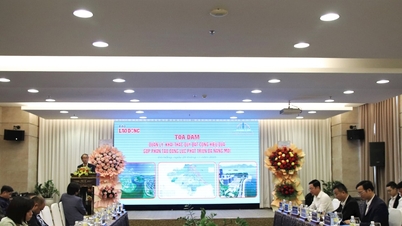





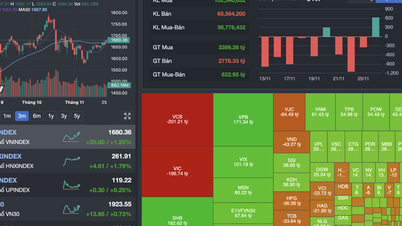


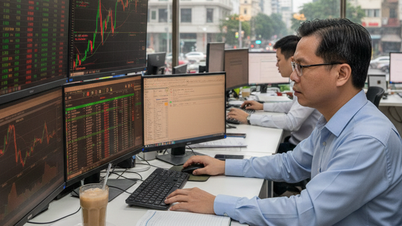



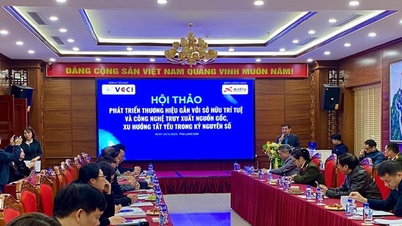










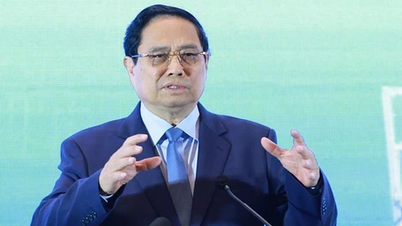

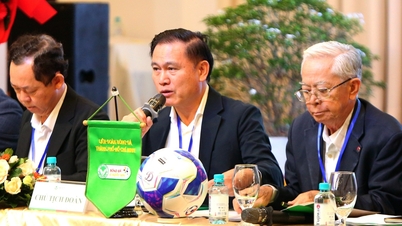



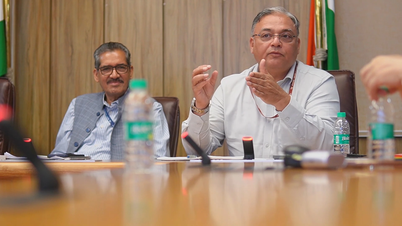

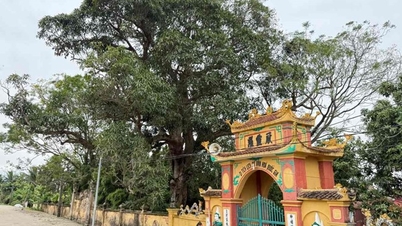








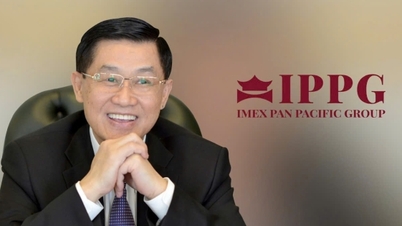


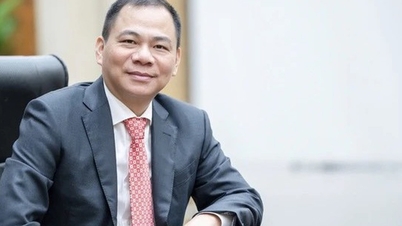

















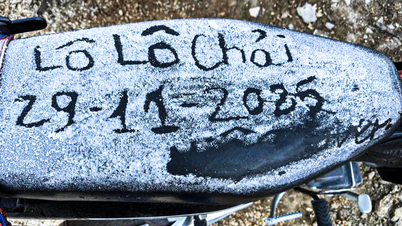

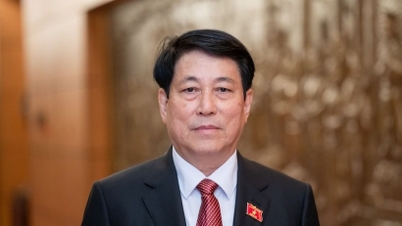





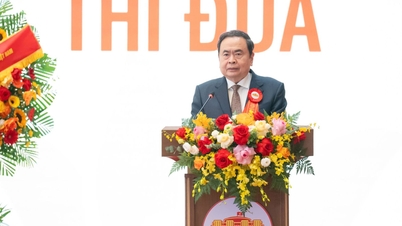



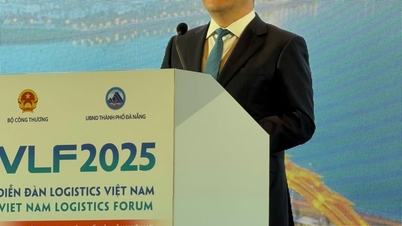

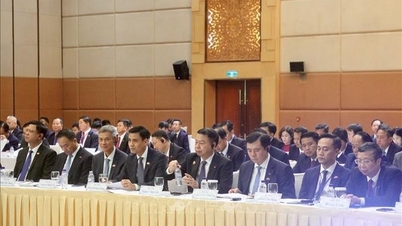






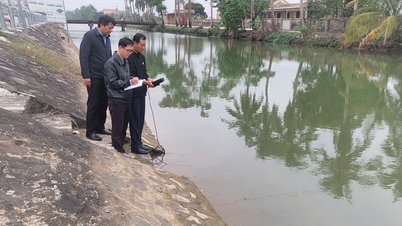

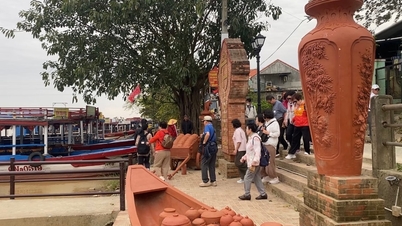














Comment (0)